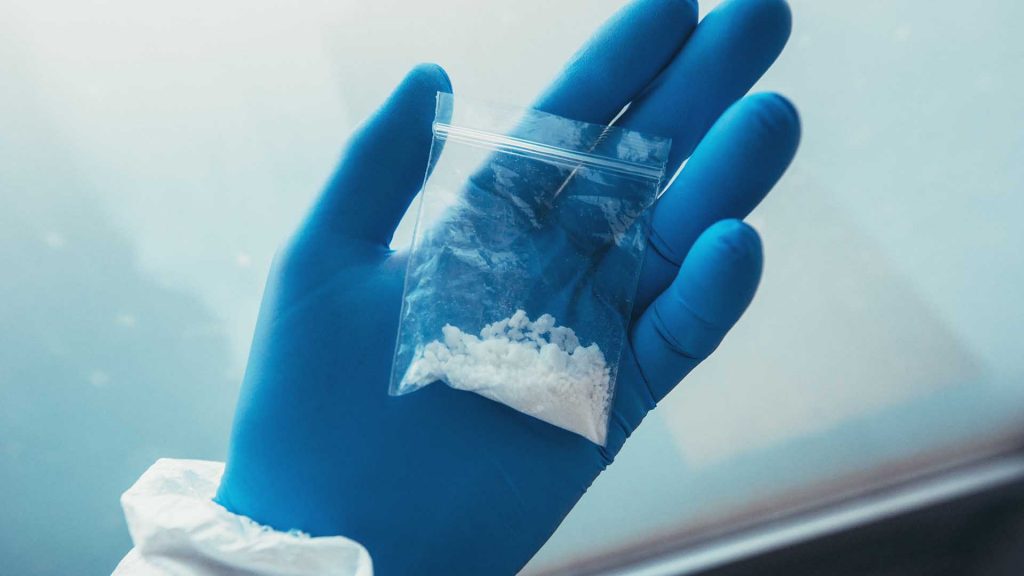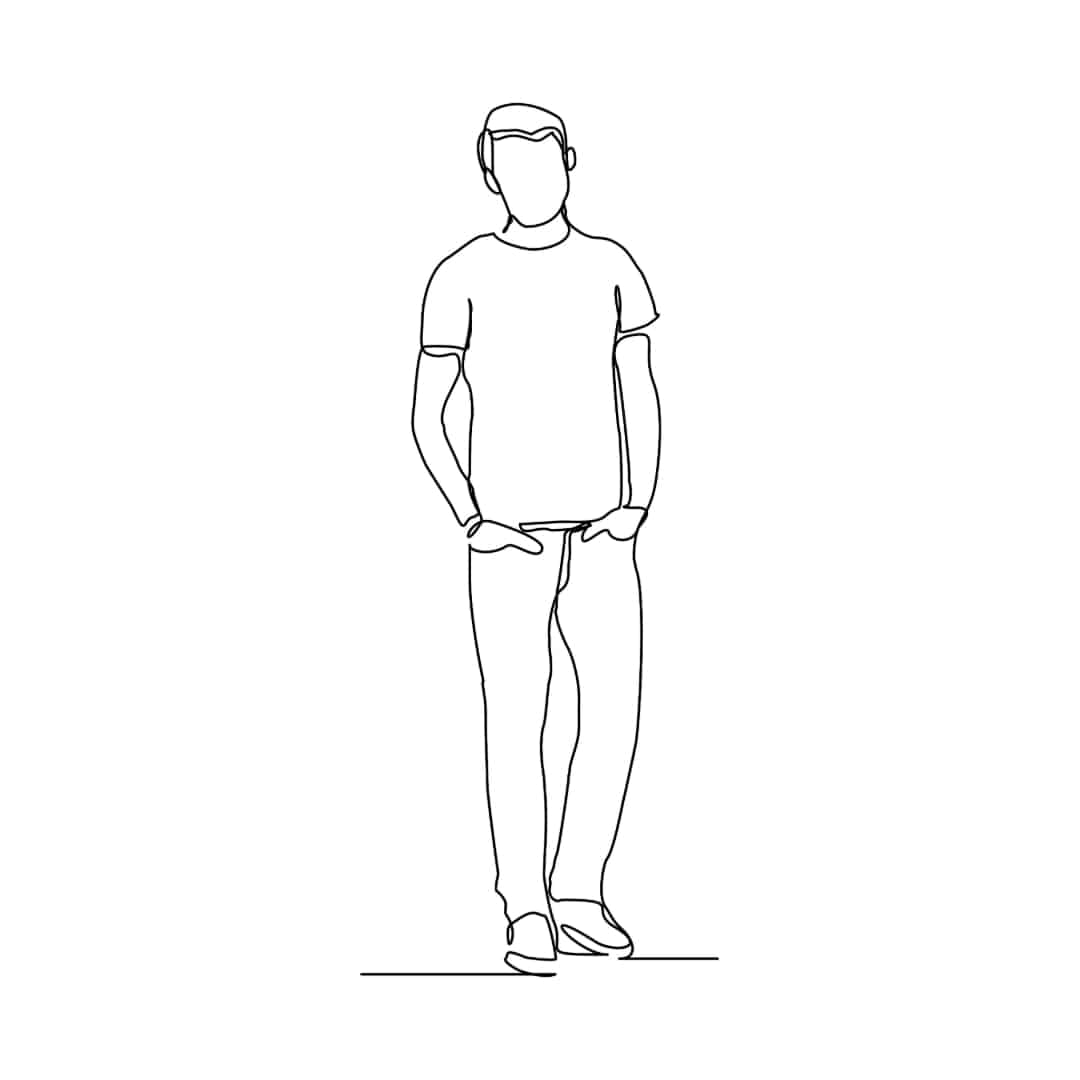Fast Facts About Crack
Crack, otherwise known as crack cocaine, is an illegal drug that is typically smoked. Here are some quick facts about the substance:
- Crack comes in the form of a rock
- People smoke crack by putting the rocks in a glass pipe & inhaling
- The name “crack” comes from the crackling sound that occurs when the drug is heated up & smoked

Why People Use Crack Cocaine
A majority of the people who use crack are already addicted to cocaine. However, many individuals also choose to take crack instead of cocaine because it is more affordable and produces a more intense high. Crack cocaine is extremely addictive. In fact, someone may develop a dependence as quickly as after their first use. This drug reaches the brain very quickly to produce a euphoric sensation.
What Is Crack Made Out Of?
Crack rocks come from powdered cocaine, which is a hydrochloride salt. It is made by combining powder cocaine with water and baking soda or ammonia. When the mixture is heated up with a lighter or torch, it will begin to form a hard and mineral-like substance. These solid rocks are typically white, cream, tan, or light brown in color.
Crack vs. Cocaine: What’s the Difference?
The primary difference between crack and cocaine is that cocaine comes in the form of a powder and crack comes in the form of a rock. However, there are many other substantial differences. Here are just a few of the major ways that crack and cocaine vary:
- People snort or inject cocaine, whereas they would smoke (inhale) crack.
- The effects of crack begin instantly; cocaine effects take about 3-5 minutes
- Crack is more affordable than cocaine, which is sometimes called the “rich man’s drug”
- Crack comes with a higher risk of dependence than cocaine. Since the effects of crack are more short-lived, many users experience cycles of binging & crashing.
- Crack has a more intense, shorter-lived high. Cocaine takes longer to kick in but lasts longer.
Effects of Using Crack Cocaine
Those who use crack cocaine have a very high chance of becoming addicted. In addition to dependence, crack may cause side effects right after using. The high will typically last about 60 minutes, and may trigger the following symptoms:
- Loss of interests
- Weight loss
- Decreased appetite
- Intense cravings
- Increased heart rate
- Heightened alertness
- Dilated pupils
- Runny nose
- Paranoia
Treating Crack Addiction
Since crack comes with such a high risk of addiction, those who have smoked it are encouraged to enroll in an inpatient (preferred) or outpatient program at a rehabilitation facility. If you or a loved one are considering quitting after smoking crack, seek treatment as soon as possible for assistance with withdrawal symptoms. Side effects of crack withdrawal, such as nausea, depression & suicidal thoughts, anxiety, fatigue, and muscle pain, can be very intense and should be monitored by a healthcare professional. To learn more about crack cocaine, what it is made out of, and treatment options, contact our team of medical and substance abuse professionals by calling 267.209.7313.



